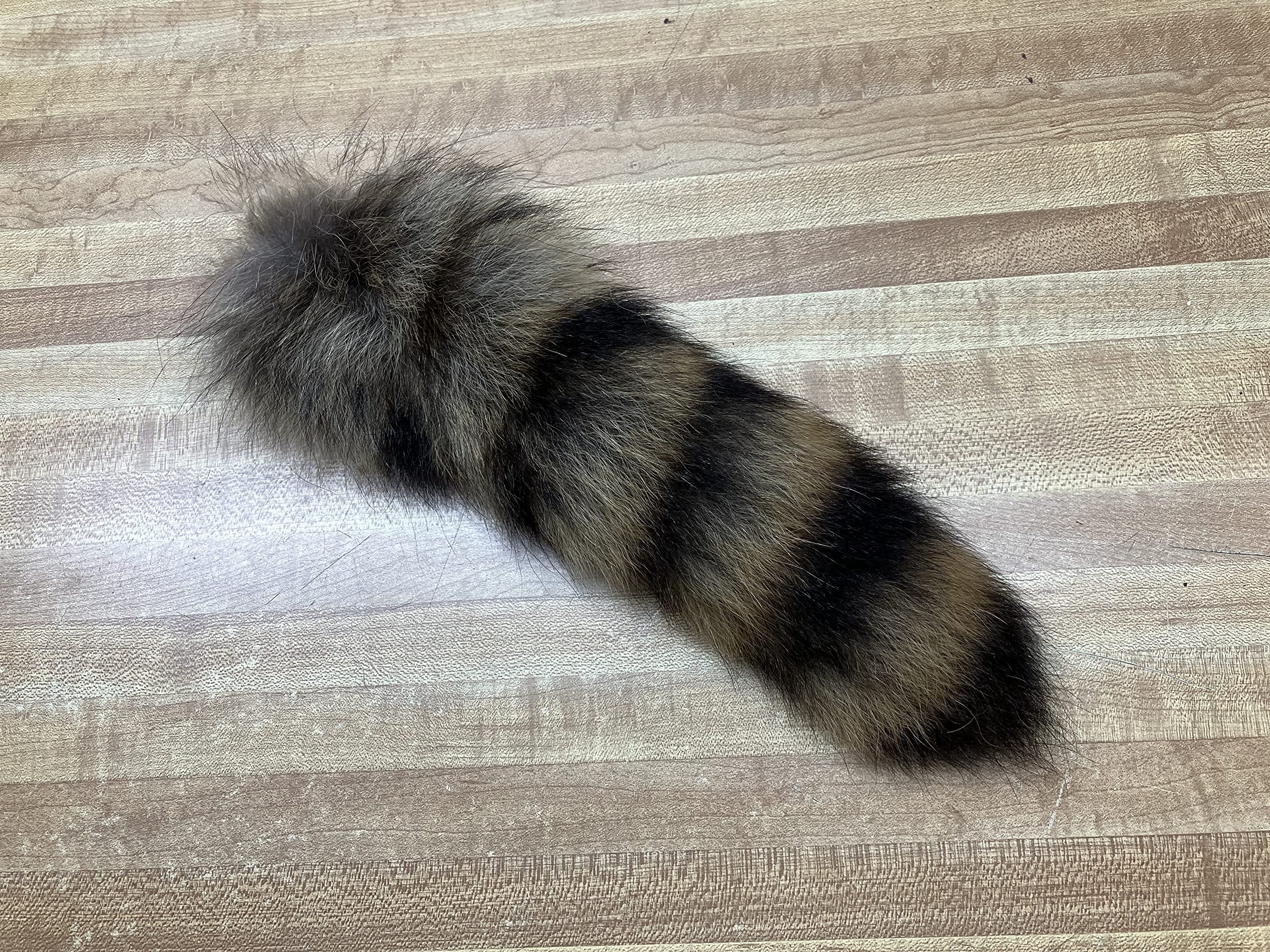
Raccoons are fascinating creatures, often recognized by their distinctive tails. But what makes their tails so special? Raccoon tails are not just for show; they serve multiple purposes that help these animals thrive in the wild. From aiding in balance to providing warmth during cold nights, these tails are essential for a raccoon's survival. Did you know that a raccoon's tail can also communicate emotions and social signals to other raccoons? Whether you're a wildlife enthusiast or just curious about these masked bandits, understanding the unique features of raccoon tails can give you a deeper appreciation for these clever critters. Let's dive into 26 intriguing facts about raccoon tails that will leave you amazed!
Raccoon Tail Basics
Raccoons are fascinating creatures, and their tails are no exception. These bushy appendages serve various purposes and have unique characteristics. Let's dive into some intriguing facts about raccoon tails.
-
Raccoon tails are ringed. The distinctive rings on a raccoon's tail are one of its most recognizable features. These rings are usually alternating bands of light and dark fur.
-
Tail length varies. A raccoon's tail can be anywhere from 8 to 16 inches long, making up about half the length of its body.
-
Tails help with balance. Raccoons use their tails for balance when climbing trees or navigating narrow spaces.
-
Communication tool. Raccoons use their tails to communicate with each other. Different tail positions can indicate various emotions or intentions.
Raccoon Tail Functions
Raccoon tails aren't just for show. They serve several important functions that help raccoons survive in the wild.
-
Warmth in winter. During cold weather, raccoons wrap their tails around their bodies to keep warm.
-
Protection from predators. The bushy tail can make a raccoon appear larger and more intimidating to potential predators.
-
Swimming aid. While not as adept in water as some animals, raccoons use their tails to help steer when swimming.
-
Balance during jumps. When leaping from branch to branch, raccoons use their tails to stabilize themselves mid-air.
Unique Characteristics of Raccoon Tails
Raccoon tails have some unique traits that set them apart from other animals' tails.
-
Prehensile abilities. While not fully prehensile, raccoon tails have some grasping ability, aiding in climbing.
-
Scent marking. Raccoons have scent glands near the base of their tails, which they use to mark their territory.
-
Tail shedding. If a raccoon is caught by its tail, it can shed the fur to escape, although this is a rare occurrence.
-
Tail injuries. Raccoons can suffer from tail injuries, which can affect their balance and communication abilities.
Raccoon Tail Myths
There are several myths and misconceptions about raccoon tails. Let's clear up some of these misunderstandings.
-
Not all raccoons have ringed tails. While most raccoons have ringed tails, some may have solid-colored tails due to genetic variations.
-
Tails don't grow back. Unlike some lizards, raccoons cannot regrow their tails if they lose them.
-
Tails aren't used for storing food. Some people believe raccoons store food in their tails, but this is not true.
-
Not a primary defense mechanism. While the tail can make a raccoon look bigger, it is not their primary means of defense.
Raccoon Tail in Culture
Raccoon tails have made their way into various aspects of human culture, from fashion to folklore.
-
Davy Crockett hats. The famous frontiersman Davy Crockett popularized raccoon tail hats in the 19th century.
-
Symbol of mischief. In some cultures, raccoons and their tails are symbols of trickery and mischief.
-
Native American legends. Various Native American tribes have stories and legends involving raccoons and their distinctive tails.
-
Cartoon characters. Raccoons with bushy tails often appear in cartoons and children's books, adding to their cultural significance.
Fun Facts About Raccoon Tails
Here are some fun and lesser-known facts about raccoon tails that might surprise you.
-
Tail fluffiness varies. The fluffiness of a raccoon's tail can vary depending on the season and the individual raccoon.
-
Tail grooming. Raccoons spend a lot of time grooming their tails to keep them clean and free of parasites.
-
Tail as a pillow. Raccoons sometimes use their tails as a pillow when they sleep.
-
Tail patterns are unique. Just like fingerprints in humans, the ring patterns on raccoon tails are unique to each individual.
-
Tail length and health. A raccoon's tail length can be an indicator of its overall health and nutrition.
-
Tail wagging. Raccoons wag their tails when they are excited or agitated, similar to how dogs wag their tails.
Raccoon Tails: Nature's Marvels
Raccoon tails are more than just cute appendages. They serve as balancing tools, helping raccoons navigate treetops and tight spaces. The distinct rings on their tails aren't just for show; they provide camouflage in the wild. These tails also play a role in communication, signaling different emotions and intentions to other raccoons. During cold weather, raccoons use their tails as blankets, wrapping them around their bodies for warmth.
Understanding these fascinating features gives us a deeper appreciation for raccoons and their adaptability. Next time you spot a raccoon, take a moment to admire its tail and think about all the ways it helps this clever creature survive. Nature's designs are truly remarkable, and raccoon tails are a perfect example of that.
Was this page helpful?
Our commitment to delivering trustworthy and engaging content is at the heart of what we do. Each fact on our site is contributed by real users like you, bringing a wealth of diverse insights and information. To ensure the highest standards of accuracy and reliability, our dedicated editors meticulously review each submission. This process guarantees that the facts we share are not only fascinating but also credible. Trust in our commitment to quality and authenticity as you explore and learn with us.


